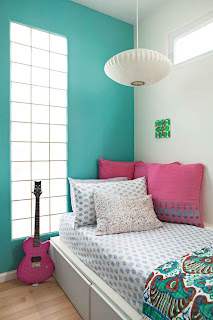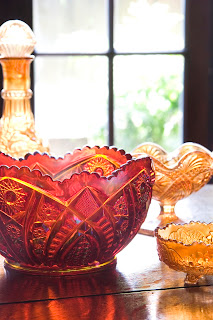Follow these helpful tips to make a summer getaway house cozy all year long.
 |
| Cottages And Bungalows |
- STORAGE: Focus on key needs like storage. When considering a remodel, look for opportunities to enlarge or increase your storage space. Taking the time in early stages to strategize where closets and shelving can be added will serve your needs better in the long run.
- INSULATION: Budget for insulation; it’s always money well spent. If you’re able to splurge in areas like new windows, prioritize investments that will add to the efficiency and the livability of your home over the decorative ones.
- FLOOR PLAN: Be open-minded toward the floor plan. If you’re seeking a balance between comfort and efficiency while still maintaining the original cottage feel, try to view every architectural plan or change to the layout through this lens.
- STAY TRUE TO YOUR HOME: Think about the things you truly love that drew you to the house in the first place and try to preserve them whenever possible. If it’s in the view, then make sure you don’t move a wall that will obstruct it.
- NATURAL COLORS: Fill your cottage with a nature-inspired color palette; deeper hues reflect autumn and the seasonal changes you’ll see from your windows, while light, creamy shades create an airy, open feel.


